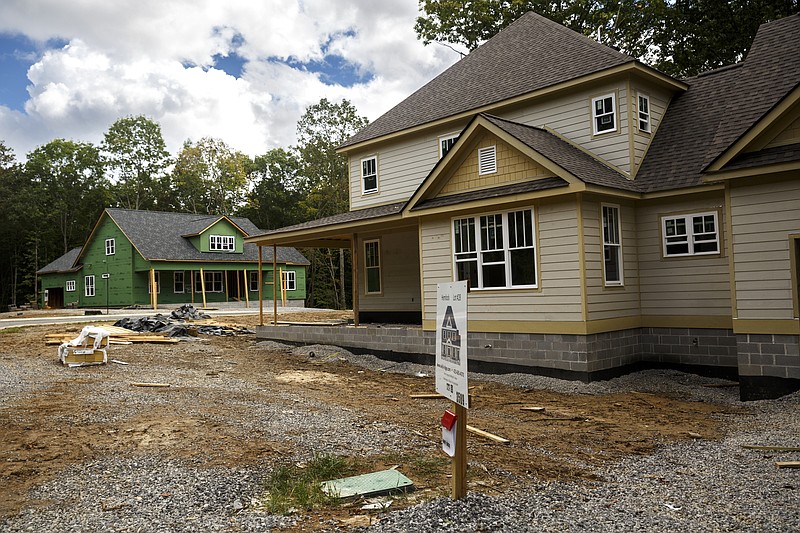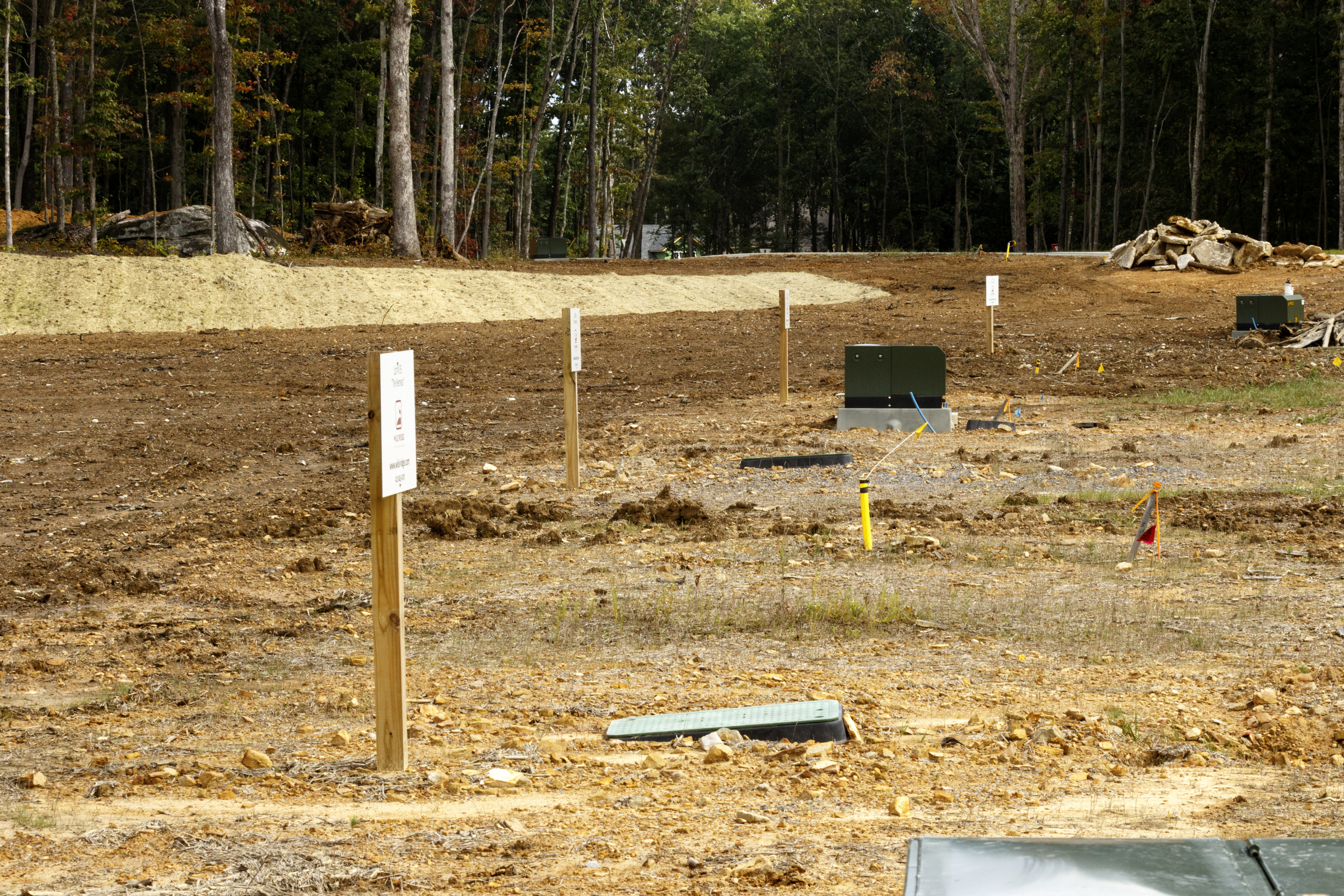Josh Boutwell and his wife, Jenny Terry, wanted answers.
When Boutwell finally got his chance to question Signal Mountain Mayor Dick Gee on Tuesday evening, he got right to the point: "Will the new zoning proposal change the number of homes in a new subdivision?"
"No," Gee responded, explaining the proposal only applies to existing homes and would affect only a handful of lots in this wooded town of 8,500.
Boutwell and Terry seemed satisfied with the mayor's answers, but they still had worries. The couple moved to Signal only two years ago and now have an 18-month-old child.
"We're concerned about the schools, and we're trying to understand the possible consequences of this down the road," Terry said. "We want to protect Signal Mountain."
Two possible zoning changes have raised concerns among some residents of this upscale mountain community that the town could lose its rural character, with its mix of 1950s ranch-style homes and million-dollar mansions nestled on winding, tree-lined roads.
About 25 local residents spent almost two hours Tuesday evening gathered in small groups around Gee, Vice Mayor Bill Wallace and members of the planning board, arguing the proposals' pros and cons.
The proposed zoning changes themselves don't seem all that radical. One would change the minimum size of a lot in an existing subdivision from one-half acre to one-quarter acre. The other would allow internally lit signs.
The lot-size proposal requires that the new subdivided lot must be no smaller than the average of contiguous lots. Since most lots on Signal are a half acre, it would apply to only 14 properties, according to city officials. They had two large maps on display to show the exact location of the possible changes. Eight of those properties have existing houses in the middle of the half-acre lot, so further subdivision would be improbable, they said, leaving room for only six possible new houses.
The possible change in the signage ordinance is not even a formal proposal as of yet. But the town's design review commission is considering whether to allow signs with internal lighting, as opposed to the current rules, which only allow external lights for signs. Signal already has tight controls over signage, banning billboards, neon signs, and signs on poles, and limiting the size of a sign to 25 square feet, about 6 feet by 4 feet, according to review commission staffer Chuck Martin.
But opponents of the measures say it is not the specifics of the possible changes that worry them, but whether they indicate a change in attitude among the town's leaders toward further development. A new subdivision called Wild Ridge is being built in the Shackleford Ridge area and developers own several more tracts in town.
"Why add five more [houses] if more than 500 more are coming down the pike?" said Charles Poss, a member of the planning commission who opposes the proposal. "The schools can't handle it, the roads can't handle it."
Mayor Gee disagreed.
"There have been a lot of claims about what we are trying to do that are flat wrong," he said in an interview Tuesday. "In my opinion, these are bogus claims."
About 45 percent of the homes in "Old Town," where neighborhoods date back to the 1920s, '30s and '40s, are already on quarter-acre lots, he noted. And allowing a handful of new houses to be built there is not a major development, he said.
"Six houses are not going to put a strain on our infrastructure," Gee said.
He contended that the main factor affecting traffic on Taft Highway, the main road through town, will be new housing in towns farther down the road.
Not everyone was convinced.
"I'm concerned about allowing smaller lots," said Melissa Cantrell, a former member of the planning commission. "When you start allowing one small group to do something, then it can be hard to tell someone else that they can't."
Local resident Charlene Griffin also was skeptical of the changes.
"We pay premium prices to move up here. The quality of life is very precious."
The council will hold another open meeting on the proposed lot size change on Oct. 12, and then will vote on the proposal. The design review commission is still reviewing possible changes in the signage ordinance. The commission's next meeting is set for Oct. 27.
Contact staff writer Steve Johnson at sjohnson @timesfreepress.com or 423-757-6673.

